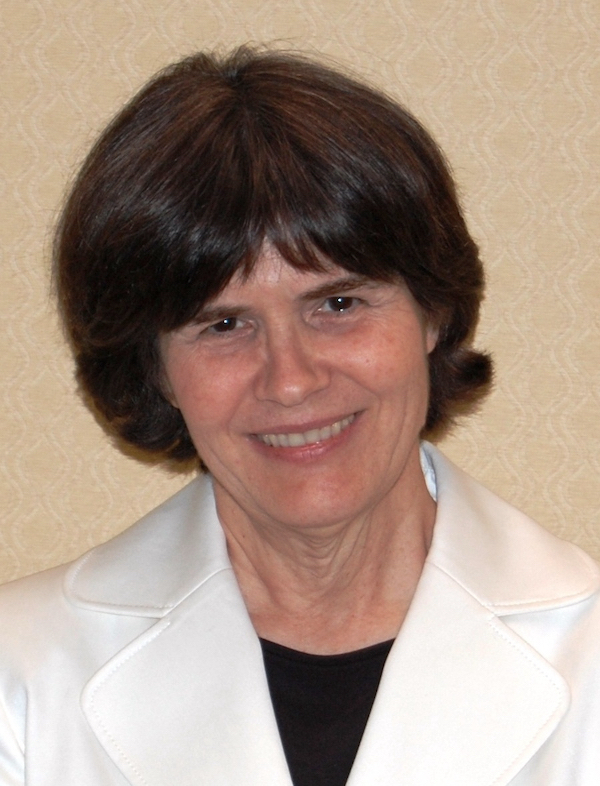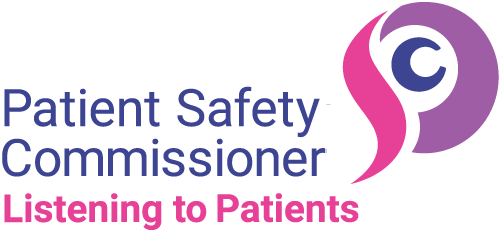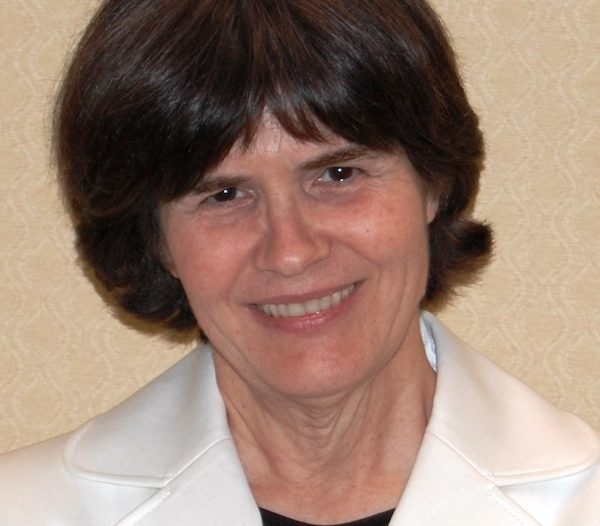
More than 20 years ago, my husband and I took our 15-year-old son Lewis to an American children’s hospital for elective thoracic surgery. Our 10-year-old daughter accompanied us. Four days later we made the lonely trip home with only our daughter. Our son left the hospital via another route: the morgue.
Three years ago, a family on the other side of the Atlantic entered an NHS hospital for a more urgent reason. Martha Mills, like Lewis an active and healthy teenager, needed specialised treatment for a severe pancreatic injury. Like Lewis, Martha died unexpectedly in hospital, leaving a younger sister whose place in the world had suddenly been upended. And like my husband and me, Martha’s parents, Merope and Paul, were left horrified by a hospital system that had disregarded a family’s concerns while allowing a child to die.
Merope’s and Paul’s eloquent campaign in the name of their daughter brought swift change in the form of the Martha’s Rule rapid review system for NHS hospitals. Two decades earlier, my husband and I had responded similarly and had worked to pass a law that gave families in our state of South Carolina the ability to summon help independently in hospital. Most English-speaking countries now have created policies for family escalation of care, almost all of them driven by the deaths of children. These campaigns have succeeded because of the poignancy of the stories, the continuing interest of the media, and the realisation on the part of all involved that such stories should never have to be told.
Yet ‘failure to rescue’ situations continue to occur in spite of years of advances in rapid response and patient monitoring, including sophisticated electronic systems. The reasons are complex and almost certainly include reluctance on the part of administrators to invest in the many effective solutions that are available. But another factor stands out – the lack of agency of patients and families. Even where family escalation programs exist, families may not be told of them or be unsure when or even whether to use them.
That may be changing. Early family escalation programs were elaborately planned and piloted, with two or more tiers to protect against ‘frivolous’ patient calls. The effect was years of underuse. These programs are giving way in some hospitals to a policy of posting the number of the rapid response team publicly so that anyone can call it. Martha’s Rule, with daily outreach to patients on the wards, takes patient engagement a step further by espousing the idea that patient and family reports that do not meet strict criteria of deterioration may not be frivolous but early detection. It is recognition that patients and families have knowledge that providers do not and that their input needs to be actively invited.
Since the death of my son, I have believed that patient and family engagement has the potential to change the face of healthcare. Patients and families are close observers who are present through a person’s healthcare journey. They bring their own expertise which they can use to detect errors and show patterns that may have otherwise gone unnoticed. If heeded, they can be agents of improvement. Patients should not have to beg to be part of the team. It is time to admit that granting those most affected the means to circumvent the healthcare hierarchy to call for help is not just a patient safety measure, but a human right.
Helen Haskell is a former co-chair of the World Health Organization’s Patients for Patient Safety advisory group, president of the American nonprofit patient organisations Mothers Against Medical Error and Consumers Advancing Patient Safety, and a board member of the International Society for Rapid Response Systems.

